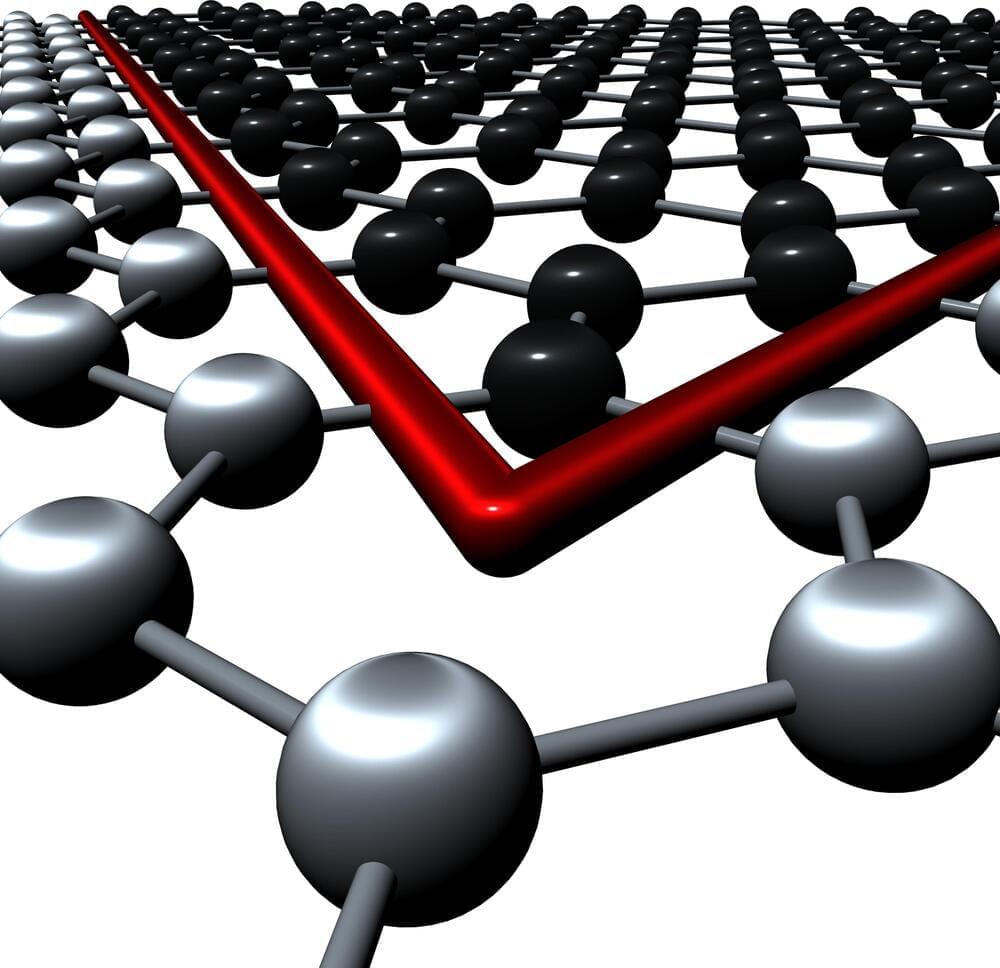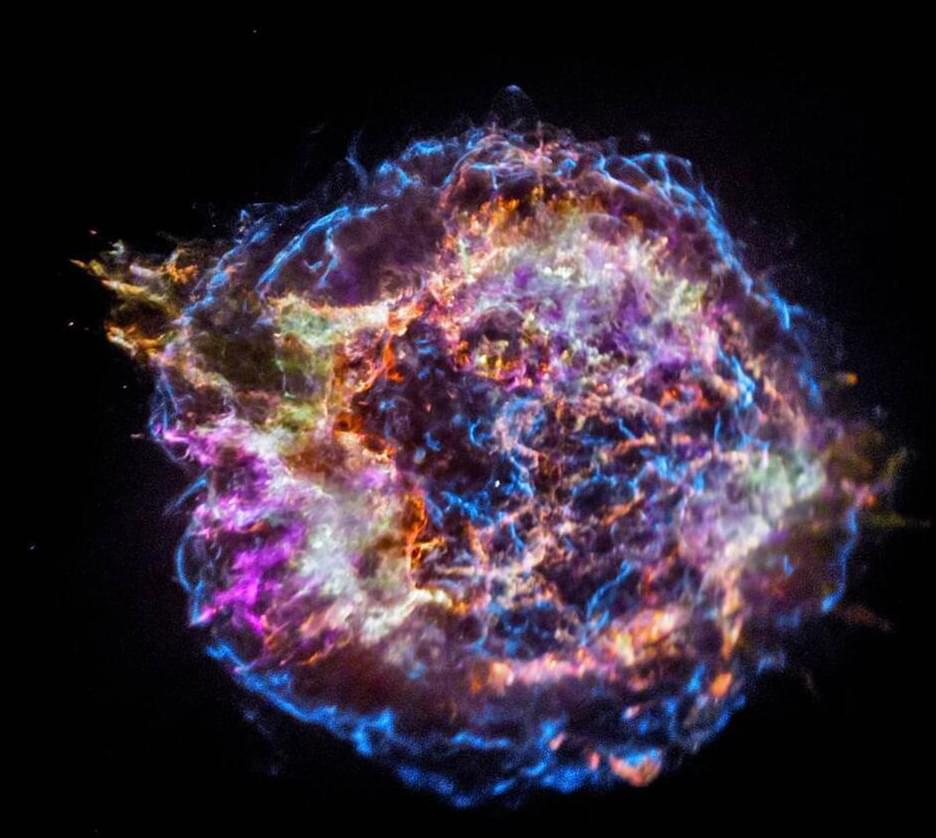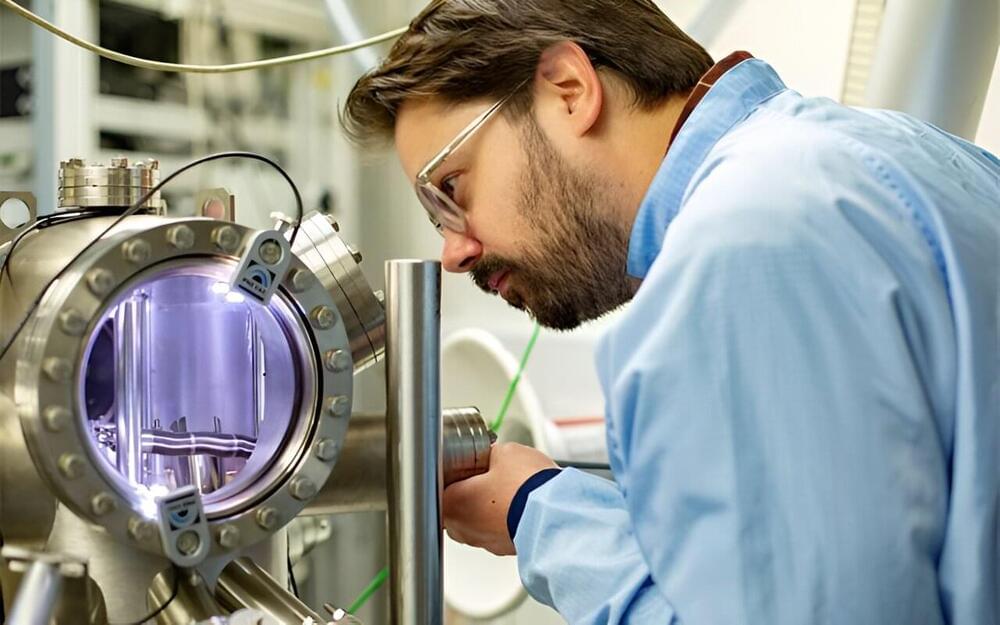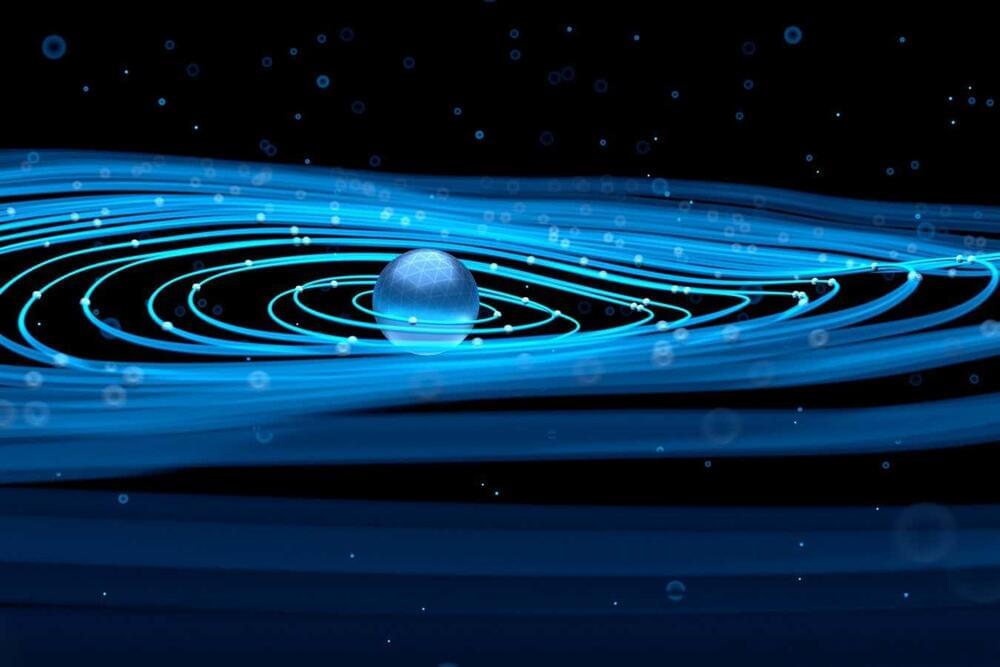For years, C130 fullertubes—molecules made up of 130 carbon atoms—have existed only in theory. Now, leading an international team of scientists, a UdeM doctoral student in physics has successfully shown them in real life—and even managed to capture some in a photograph.
Archive for the ‘particle physics’ category: Page 84
Mar 29, 2024
Physicists propose new way to search for dark matter: Small-scale solution could be key to solving large-scale mystery
Posted by Dan Breeden in categories: cosmology, particle physics, quantum physics
Ever since its discovery, dark matter has remained invisible to scientists despite the launch of multiple ultra-sensitive particle detector experiments around the world over several decades.
Now, physicists at the Department of Energy’s (DOE) SLAC National Accelerator Laboratory are proposing a new way to look for dark matter using quantum devices, which might be naturally tuned to detect what researchers call thermalized dark matter.
Most dark matter experiments hunt for galactic dark matter, which rockets into Earth directly from space, but another kind might have been hanging around Earth for years, said SLAC physicist Rebecca Leane, who was an author of the new study.
Mar 29, 2024
A method to compute the Rényi entanglement entropy in auxiliary-field quantum Monte Carlo simulations
Posted by Dan Breeden in categories: particle physics, quantum physics
Entanglement is a widely studied quantum physics phenomenon, in which two particles become linked in such a way that the state of one affects the state of another, irrespective of the distance between them. When studying systems comprised of several strongly interacting particles (i.e., many body systems) in two or more dimensions, numerically predicting the amount of information shared between these particles, a measure known as entanglement entropy (EE), becomes highly challenging.
Mar 29, 2024
Inside the 20-year quest to unravel the bizarre realm of ‘quantum superchemistry’
Posted by Shubham Ghosh Roy in categories: chemistry, particle physics, quantum physics
More than two decades ago, scientists predicted that at ultra-low temperatures, many atoms could undergo ‘quantum superchemistry’ and chemically react as one. They’ve finally shown it’s real.
Mar 29, 2024
Magnetic avalanche triggered by quantum effects
Posted by Genevieve Klien in categories: particle physics, quantum physics
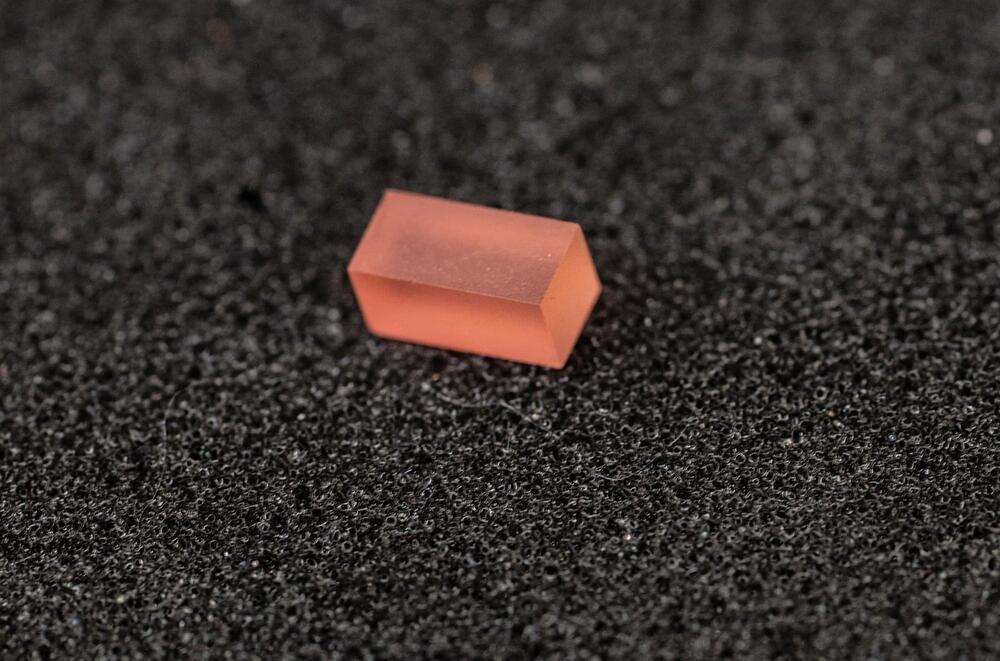
Iron screws and other so-called ferromagnetic materials are made up of atoms with electrons that act like little magnets. Normally, the orientations of the magnets are aligned within one region of the material but are not aligned from one region to the next. Think of packs of tourists in Times Square pointing to different billboards all around them. But when a magnetic field is applied, the orientations of the magnets, or spins, in the different regions line up and the material becomes fully magnetized. This would be like the packs of tourists all turning to point at the same sign.
Mar 28, 2024
Researchers find first experimental evidence for a graviton-like particle in a quantum material
Posted by Shailesh Prasad in categories: particle physics, quantum physics
A team of scientists from Columbia, Nanjing University, Princeton, and the University of Munster, writing in the journal Nature, have presented the first experimental evidence of collective excitations with spin called chiral graviton modes (CGMs) in a semiconducting material.
Mar 28, 2024
The parallel universes of a sci-fi visionary named Philip K. Dick
Posted by Dan Breeden in categories: cosmology, particle physics, quantum physics
To understand the relationship between the science fiction genre and the Many-Worlds Interpretation, let’s turn to two men – a scientist and a writer. The scientist is Hugh Everett III (1930−1982), a physicist who developed the notion of parallel universes based on an original interpretation of quantum mechanics. He proposed that a pre-formulated theory should be the basis of scientific measurement, quite the opposite of the traditional scientific process in which measurement preceded and determined the theory. But quantum particles do not behave normally, so quantum phenomena and their atomic dynamics cannot be measured by the Newtonian mechanics traditionally applied to the universe.
When Hugh Everett published “Relative State Formulation of Quantum Mechanics” in the Reviews of Modern Physics scientific journal (Volume 29, Issue 3, July — September 1957), his theory that there are many worlds existing in parallel at the same space and time as our own sounded like fantasy fiction to a skeptical scientific world.
While scientists scoffed for more than a decade after Everett published his theory, someone else entered the scene. His name was Philip K. Dick, a scruffy beatnik writer who tramped around Berkeley (California) looking for ways to describe this alternative reality – the one hiding behind our visible reality.
Mar 28, 2024
Research unlocks supernova stardust secrets
Posted by Saúl Morales Rodriguéz in categories: cosmology, particle physics
Curtin University-led research has discovered a rare dust particle trapped in an ancient extra-terrestrial meteorite that was formed by a star other than our sun.
Mar 27, 2024
‘Near perfect’ control of single atoms is major advance toward quantum computing
Posted by Dan Breeden in categories: computing, particle physics, quantum physics
A new fabrication process that could be used to build a quantum computer achieves an almost zero failure rate and has the potential to be scaled up, according to new research from engineers and physicists at UCL.
Mar 27, 2024
We’ve glimpsed something that behaves like a particle of gravity
Posted by Shubham Ghosh Roy in categories: particle physics, space
Gravitons, the particles thought to carry gravity, have never been seen in space – but something very similar has been detected in a semiconductor.


